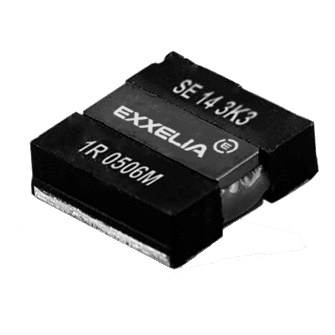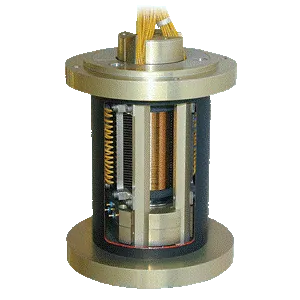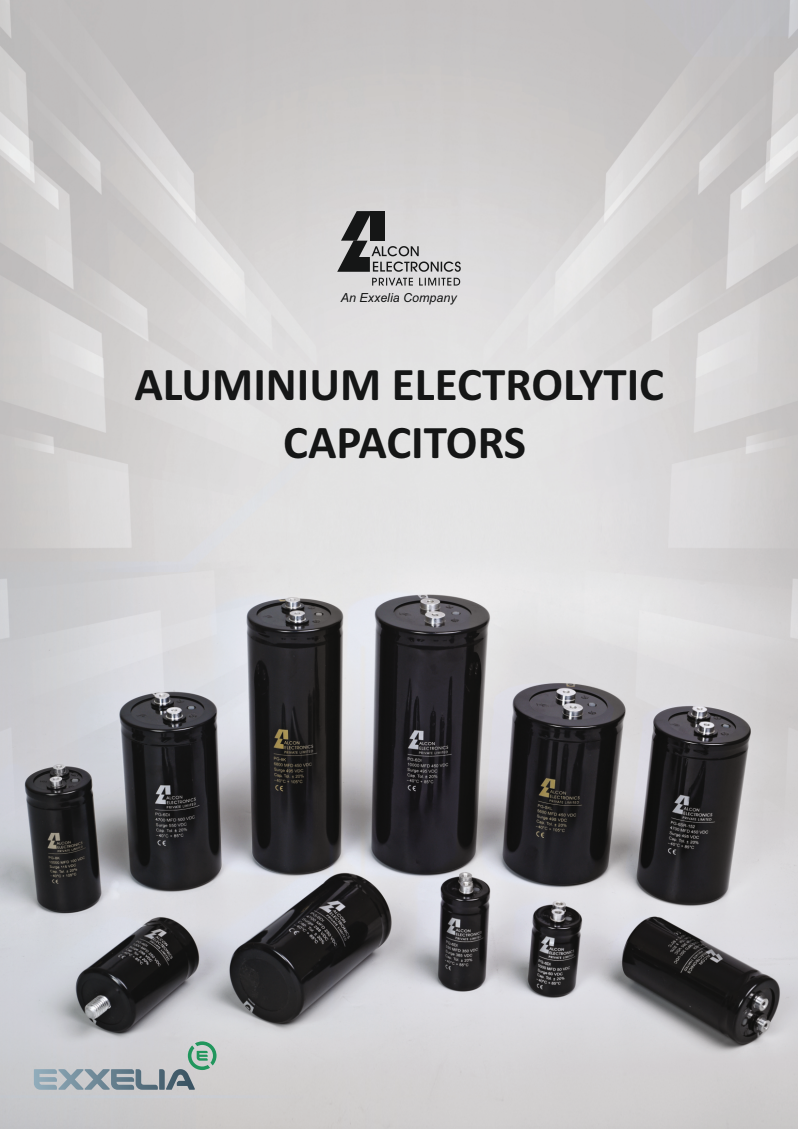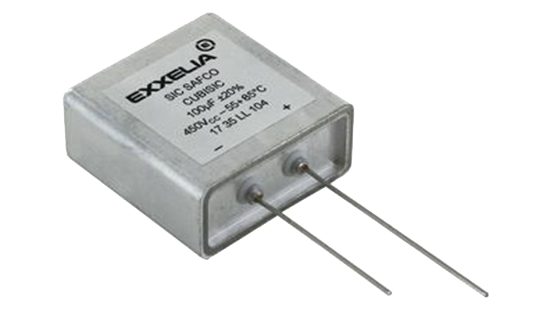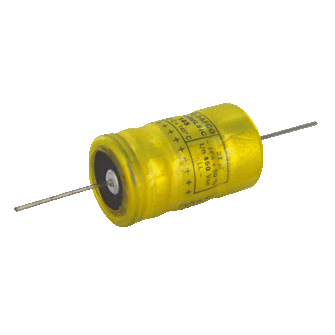
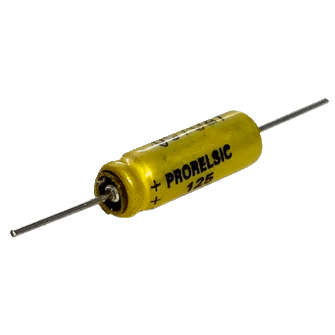


The **PRORELSIC 125** series is an aluminum electrolytic capacitor manufactured according to international standards integrating high altitude, aircraft power supplies, radar power supply, very high reliability, high temperature, onboard communications, dc-dc converters, line-operated dc power supplies and energy storage. It offers optimal performance for applications requiring reliability and energy efficiency.
Typical applications :
- Filtering
|
PN
|
Capacitance
|
Tolerance
|
Operating Temp
|
RoHS
|
Voltage Rated DC
|
|---|---|---|---|---|---|
| A701020 | 47µF | -10% +50% | - | - | 10V |
| A701021 | 68µF | -10% +50% | - | - | 10V |
| A701029 | 100µF | -10% +50% | - | - | 10V |
| A701028 | 100µF | -10% +50% | - | - | 10V |
| A701030 | 150µF | -10% +50% | - | - | 10V |
| A701022 | 150µF | -10% +50% | - | - | 10V |
| A701023 | 220µF | -10% +50% | - | - | 10V |
| A701031 | 300µF | -10% +50% | - | - | 10V |
| A701024 | 330µF | -10% +50% | - | - | 10V |
| A701032 | 420µF | -10% +50% | - | - | 10V |
| A701025 | 470µF | -10% +50% | - | - | 10V |
| A701033 | 600µF | -10% +50% | - | - | 10V |
| A701026 | 680µF | -10% +50% | - | - | 10V |
Compliance and certifications

NFC

DIN

IEC
Would you like to ajust a little something?
Customize it

Frequently Asked Questions
Find answers to the most frequently asked questions about our products and services.
Still have questions ?
Can’t find the answer you’re looking for ? Please contact with our customer service.
Contact


